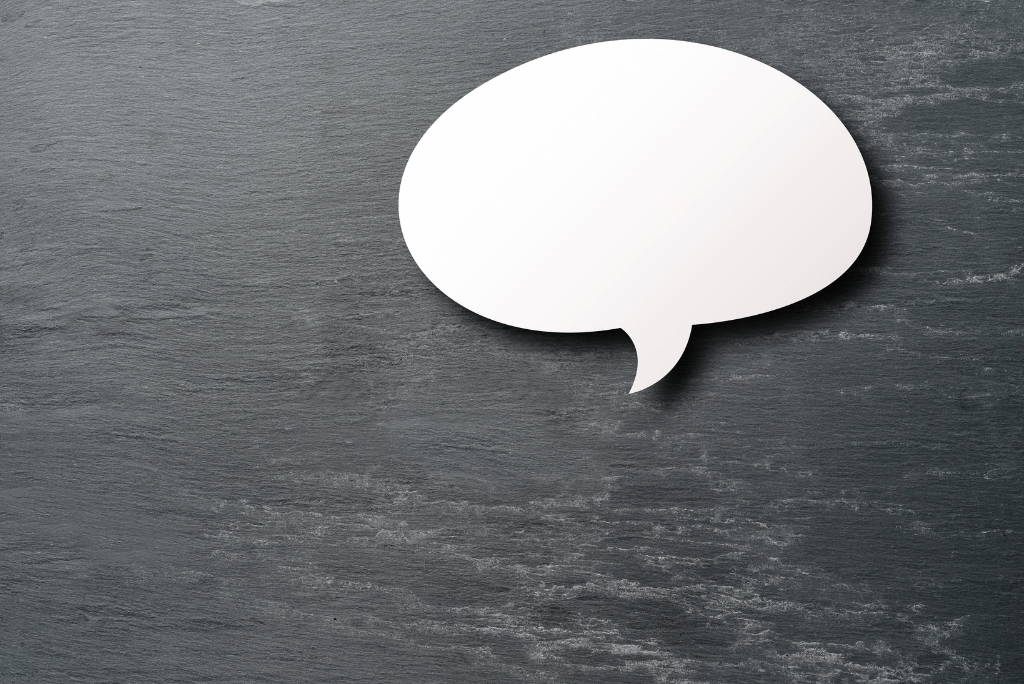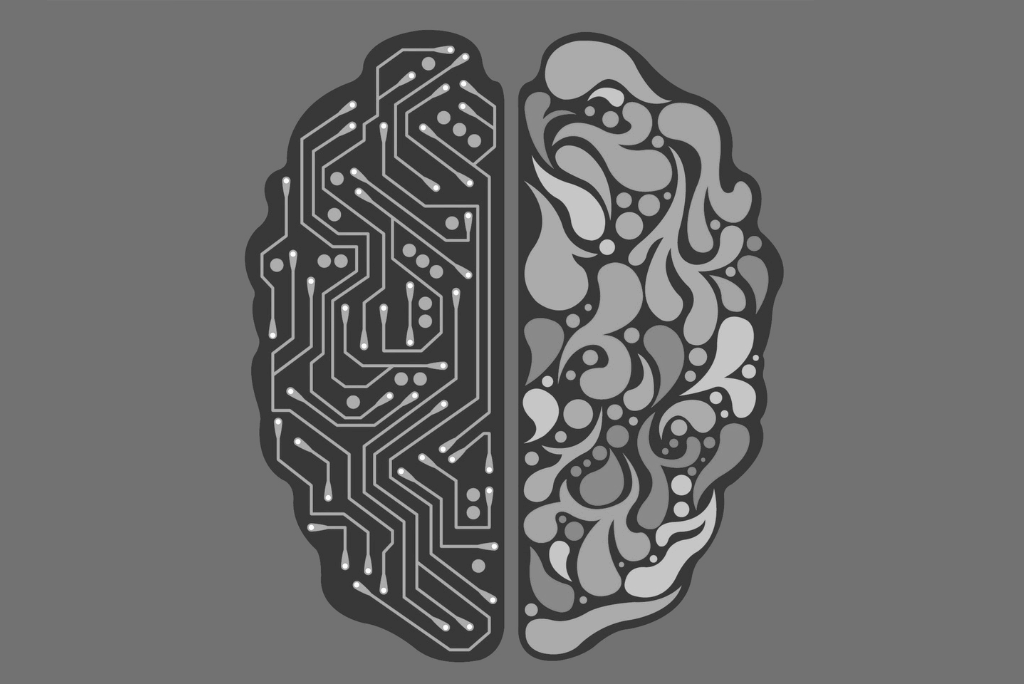As businesses increasingly rely on technology to provide better customer service, chatbots have emerged as a valuable tool for improving the customer experience and streamlining business operations. They are automated programs that can simulate human conversations through messaging or voice interfaces, using artificial intelligence and natural language processing to understand and respond to customer queries and requests.
In this article, we will explore the benefits of using chatbots in customer service, different types of them and their use cases, best practices for designing and implementing chatbots, and challenges and considerations for using chatbots effectively.
What Are Chatbots, and How Can They Benefit Your Business?
These are computer programs designed to simulate human conversations with users. They use natural language processing (NLP) and machine learning algorithms to interpret and respond to user inputs, allowing them to provide automated support, assistance, and information.
They can handle different tasks, including answering frequently asked questions, resolving technical issues, and processing transactions. They can be integrated with various communication channels, such as websites, messaging apps, and social media platforms, providing a seamless and consistent experience for customers across different touchpoints.
One of the main advantages of them in customer service is their ability to provide 24/7 support. Unlike human agents, chatbots can work around the clock, handling customer inquiries and requests at any time of day or night. It can improve response times, reduce customer frustration, and reduce staffing costs for businesses.
They can also improve efficiency in customer service, as they can handle multiple conversations simultaneously and quickly provide relevant information and solutions. It can help businesses reduce wait times and increase customer satisfaction.
In addition to these benefits, they can provide valuable insights into customer behavior and preferences, as they can collect and analyze data from interactions. You can use this data to optimize chatbot performance and inform business decisions, such as product development and marketing strategies.

Benefits of Using Chatbots in Customer Service
Here, we’ll dive deeper into the benefits of using chatbots, including their ability to provide 24/7 support, increase efficiency, and reduce costs. We’ll also explore some of the ways that they can improve the customer experience.
Increased Efficiency
One of the primary benefits of using chatbots in customer service is increased efficiency. They can handle a large volume of customer inquiries simultaneously without human intervention.
Businesses can respond to customers faster and more efficiently, reducing wait times and improving the overall customer experience. According to a study by IBM, chatbots can handle up to 80% of routine customer inquiries, which can significantly reduce the workload on human customer service agents.
Cost-effectiveness
Chatbots are also cost-effective compared to human customer service agents. Hiring, training, and managing a team of customer service agents can be costly, especially for small businesses.
Chatbots can provide 24/7 support at a fraction of the cost. According to a report by Juniper Research, they will save businesses up to $8 billion per year by 2023.
24/7 Support
Chatbots can provide 24/7 support to customers, which is a significant advantage over traditional customer service channels such as phone and email. Customers expect businesses to be available at all times, and they can meet this expectation by providing instant support at any time of the day or night.
It can help businesses improve their reputation and build stronger relationships with their customers, leading to increased customer loyalty and retention.
User-friendly
Another benefit of them in customer service is that they are user-friendly. Chatbots are designed to understand natural language inputs and provide relevant and personalized responses to customers. They can also guide customers through complex processes and assist conversationally and interactively. It can make the customer service experience more enjoyable and less frustrating for customers, leading to higher satisfaction and loyalty.
Customer Feedback
Finally, chatbots can provide valuable feedback from customers. They can gather data on customer preferences, behavior, and sentiment, which can inform business decisions and improve customer service.
Chatbots can also provide customers with surveys and feedback forms to gather insights into their satisfaction and areas for improvement. It can help businesses optimize their customer service strategies and identify growth opportunities.

Different Types of Chatbots and Their Use Cases
In this section, we will examine the different types of chatbots and how you can use them in customer service.
Rule-based Chatbots
Rule-based chatbots, also known as scripted bots, are the simplest type of chatbot. They follow a predefined set of rules and scripts that determine how they respond to user inputs.
These bots typically have limited functionality and are best suited for handling simple tasks, such as answering frequently asked questions or providing basic product information.
Rule-based chatbots can be developed relatively quickly and at a lower cost compared to other types of bots. They are also easier to maintain and update, as their rules and scripts can be modified without extensive technical knowledge.
However, they may struggle with handling more complex queries or understanding natural language inputs, which can result in a frustrating experience for users.
AI-based Chatbots
AI-based chatbots, on the other hand, are more sophisticated and can understand natural language inputs, making them more conversational and human-like in their interactions with users.
These bots use machine learning algorithms and natural language processing to learn from past interactions and improve their responses over time. They can handle more complex tasks and are better suited for personalized and context-driven conversations.
AI-based chatbots can be more expensive and time-consuming to develop than rule-based chatbots, as they require more extensive programming and testing. They also require a significant amount of data to train their algorithms effectively. However, they can provide a better customer experience and lead to higher customer satisfaction and engagement.
Hybrid Chatbots
Hybrid chatbots are a combination of rule-based and AI-based chatbots. These bots use rules and scripts to handle simple and routine queries while also using machine learning algorithms to handle more complex queries and learn from past interactions.
Hybrid chatbots can provide the best of both worlds, combining the speed and efficiency of rule-based bots with the conversational and personalized experience of AI-based chatbots.
Hybrid chatbots can be more complex to develop and maintain than rule-based bots, as they require both programming and machine learning expertise. However, they can provide a more effective and efficient customer service experience, leading to improved customer satisfaction and loyalty.

Best Practices for Designing and Implementing Chatbots
We will provide best practices for designing, implementing, and monitoring chatbots in customer service. We will look at key design considerations, integration with other customer service channels, and ongoing monitoring and optimization.
- Define clear objectives and use cases for the chatbot.
- Develop a conversational design that is natural and user-friendly.
- Train it with customer data to improve accuracy and personalization.
- Test it thoroughly to ensure it is functioning properly and providing a good user experience.
- Monitor and analyze the chatbot’s performance regularly to identify areas for improvement.
Tips for Integrating Chatbots with Other Customer Service Channels and Tools
Here, we will provide tips for integrating chatbots with other customer service channels and tools, such as live chat, email, and phone support. We will explore how chatbots can complement these channels and help businesses provide a seamless customer experience.
- Use chatbots to provide quick and easy responses to common queries while using human agents for more complex issues.
- Ensure that the chatbot’s responses are consistent with other customer service channels, such as email and phone support.
- Use chatbots to collect customer feedback and use it to improve overall customer experience.

Challenges and Considerations for Using Chatbots
In this section, we will explore some of the challenges and considerations businesses should be aware of when using chatbots in customer service. We will look at data privacy and security, language barriers, and the potential negative impact on human interactions.
- Data Privacy and Security: Chatbots may handle sensitive customer data, such as payment information and personal details. It is crucial to ensure that the bot is secure and complies with data protection laws.
- Language Barriers: Chatbots may struggle to understand and respond to different languages or dialects. It is critical to ensure that the bot can handle multiple languages or provide a way to switch to a human agent if needed.
- Negative Impact on Human Interactions: While chatbots can provide efficient and convenient customer service, they may also diminish the importance of human interactions. It is crucial to strike a balance between using chatbots to improve customer experience and maintaining the human touch that customers value.
Why Use a Digital Agency?
Dreamtech Digital Agency is a full-service digital agency that can help businesses design and implement chatbots in their customer service strategy. Our web development and copywriting services can ensure that the chatbot is integrated seamlessly into the business’s website and provides accurate and user-friendly responses.
Our team of experts can also help businesses monitor and optimize the chatbot’s performance to ensure it provides the best possible customer experience.

These bots can provide significant benefits for businesses, including increased efficiency, cost-effectiveness, and improved customer experience. Brands can take advantage of this valuable tool by understanding the different types of chatbots, the best practices for designing and implementing them, and the challenges and considerations for using them effectively.
If you are interested in implementing them in your customer service strategy, contact Dreamtech Digital Agency today to book a call with one of our specialists. Do not forget to subscribe to our social media channels for more valuable insights and tips on digital marketing and customer service.













